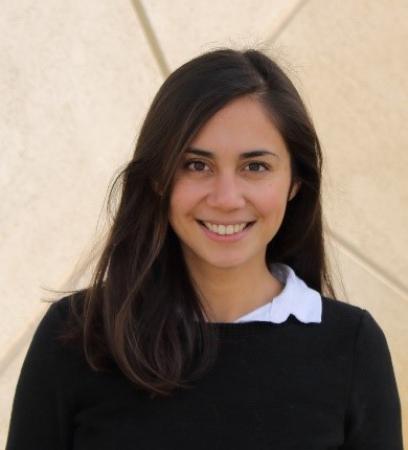
Eli Viezzer
Eli Viezzer
University of Seville
Friday, May 26, 2023
3:00pm
Abstract: One of our grand challenges towards fusion energy is the achievement of a high-performance plasma core coupled to a boundary solution. The high confinement mode (H-mode) provides such a high-performance fusion core due to the build-up of an edge transport barrier leading to a pedestal. However, it also features type-I edge localized modes (ELMs) which pose
a threat for steady-state operation in future fusion devices as they induce large energy fluences onto the plasma facing components, thus damaging the first wall.
For future fusion devices, we need to demonstrate the integration of an ELM-free regime at low q95, low torque with high confinement and compatible with divertor detachment. Several ELM-free and small-ELM regimes have extended their operational space in the past years, with the ultimate goal of providing an alternative core-edge solution to ITER and DEMO. Prominent ELM-free or small-ELM alternatives include the I-mode, QH-mode, EDA H-mode, quasi-continuous exhaust (QCE) and grassy ELM regimes, X-point radiative scenarios and negative triangularity.
Key elements for projecting to future fusion devices include the integration of an ELM-free or small-ELM scenario with high performance, low core collisionality, high density and Greenwald fraction and a power exhaust solution. In nowadays machines, a low pedestal top collisionality and high density separatrix conditions cannot be matched simultaneously. For extrapolation to future fusion machines,
compatibility with both needs to be demonstrated.
The state-of-the-art, including access conditions and main signatures, of these alternative regimes is presented. Understanding the underlying physics mechanism of the observed differences in energy and particle transport of these regimes is of paramount importance. The compatibility of these regimes with edge radiative cooling and divertor radiation to achieve detachment will be discussed. Many of these regimes partly match the operational space of ITER and DEMO, however, knowledge gaps remain. Besides compatibility with divertor detachment and a radiative mantle, these include extrapolations to high Q operations, pellet fuelling, impurity transport, energetic particle confinement, amongst others. This talk will discuss these knowledge gaps and possible strategies to close these gaps to show their applicability to ITER and DEMO.
Bio: Eleonora Viezzer is associate professor at the Department of Atomic, Molecular and Nuclear Physics and co-director of the Plasma Science and Fusion Technology group at the University of Seville. She studied Physics and Mathematics at the Leopold Franzens University Innsbruck and finished her undergraduate degree at the Ludwig Maximilian University Munich. She did her PhD studies at the Ludwig Maximilian University Munich and at the Max Planck Institute of Plasma Physics (IPP) in Garching from 2010 to 2013. She continued as a postdoc and EUROfusion Research fellow at IPP Garching until 2016. In 2016 she moved to the University of Seville with a Spanish Juan de la Cierva and a European Marie Sklodowska Curie Grant. In 2018 she won a competitive ERC Starting Grant which she is currently carrying out at the University of Seville (2019-2024). In 2020 she was appointed as associate professor and in 2021 as assistant dean of the Physics Faculty of the University of Seville.
Eleonora's research interests focus on magnetically confined fusion plasmas, ranging from pedestal physics, magnetohydrodynamics and plasma transport and confinement. More recently, she is co-heading the SMART project at the University of Seville and co-leading the no-ELM/small-ELM research programme within EUROfusion.